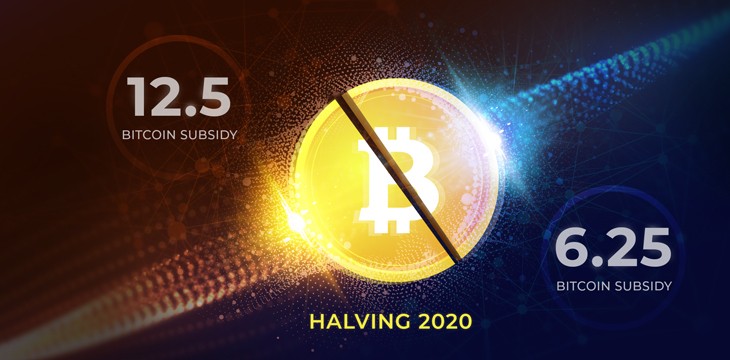Key Takeaways
- Bitcoin payments offer global reach, low fees, and faster settlements for businesses in 2025.
- Choosing the right wallet or payment processor ensures security, compliance, and ease of use.
- Integrating Bitcoin payments improves customer trust and expands your market to crypto-savvy buyers.
How to Accept Bitcoin Payments for Your Business
Cryptocurrency adoption is surging, and businesses are increasingly exploring Bitcoin as a payment option. By 2025, accepting Bitcoin isn’t just a novelty—it’s a strategic advantage for global reach, lower transaction fees, and faster settlement. From small online shops to large e-commerce platforms, businesses can tap into a growing base of crypto-savvy customers with minimal friction.
This guide explains how to accept Bitcoin payments for your business while addressing security, compliance, and operational best practices.
Why Accept Bitcoin Payments in 2025
Bitcoin continues to be the most widely recognized cryptocurrency, with a robust infrastructure and increasing regulatory clarity. By accepting Bitcoin:
- Global Expansion: You can reach international customers without worrying about currency conversions.
- Lower Transaction Fees: Bitcoin transactions often have lower fees compared to credit cards and PayPal.
- Faster Settlements: Unlike bank transfers, Bitcoin payments can settle in minutes, especially with Layer-2 solutions like Lightning Network.
- Customer Trust and Loyalty: Offering crypto payments signals innovation and appeals to digital-first consumers.
Businesses that embrace Bitcoin now gain a first-mover advantage as blockchain adoption accelerates globally.
Step 1: Choose the Right Bitcoin Wallet
A secure wallet is the foundation of accepting Bitcoin payments. There are two main types:
- Hot Wallets: Connected to the internet, suitable for day-to-day transactions. Examples: MetaMask, Electrum, or exchange-hosted wallets.
- Cold Wallets: Offline storage for large reserves, ideal for long-term holdings. Examples: Ledger, Trezor, or multisig hardware wallets.
For most businesses, a hybrid approach works best: keep only what you need for daily transactions in a hot wallet and store the rest securely offline.
Step 2: Decide Between Direct and Processed Payments
There are two main ways to accept Bitcoin:
- Direct Payments (Peer-to-Peer)
- Customers send Bitcoin directly to your wallet.
- Benefits: Lower fees, full control of funds.
- Considerations: You manage invoices, confirmations, and conversions yourself.
- Payment Processors (Third-Party Services)
- Companies like BitPay, CoinGate, or NOWPayments handle invoicing, confirmations, and fiat conversion.
- Benefits: Seamless checkout, automatic accounting, reduced volatility risk.
- Considerations: Processor fees (usually 0.5–1%) and KYC/AML compliance.
For many businesses, payment processors are the easiest way to start in 2025, particularly for e-commerce or recurring payments.
Step 3: Integrate Bitcoin Payments on Your Website or POS
Integration depends on your sales channel:
- Online Stores: Plugins are available for Shopify, WooCommerce, Magento, and WordPress. They allow Bitcoin checkout alongside traditional payment options.
- Point-of-Sale (POS): Physical stores can use QR code-based terminals or apps connected to payment processors.
- Invoices and B2B: Send invoices denominated in Bitcoin with a fixed fiat-equivalent price at the time of payment.
In 2025, many POS and e-commerce platforms support Layer-2 payments via Lightning Network, reducing confirmation times and transaction costs.
Step 4: Manage Volatility and Accounting
Bitcoin’s price can fluctuate rapidly, so businesses must manage risk:
- Immediate Conversion: Many processors automatically convert Bitcoin to fiat, avoiding volatility.
- Partial Hold: Keep a portion of payments in Bitcoin to benefit from potential appreciation while mitigating risk.
- Accounting: Track every transaction, including fees and exchange rates. Crypto tax software can also integrate with payment processors to simplify reporting.
Proper accounting ensures compliance and prepares your business for audits or tax reporting.
Step 5: Ensure Security and Compliance
Security is critical when handling Bitcoin payments:
- Enable multi-signature wallets for business accounts.
- Use hardware wallets for large reserves.
- Implement 2FA on wallets and payment processor accounts.
- Keep up with local tax and regulatory requirements for cryptocurrency transactions.
By combining secure practices with compliance, businesses protect themselves from theft, fraud, and regulatory penalties.
Step 6: Promote Your Bitcoin Payment Option
Accepting Bitcoin is a competitive advantage only if your customers know about it. Promote it via:
- Website banners and checkout notices
- Social media announcements
- Email newsletters
- Loyalty programs rewarding Bitcoin usage
Highlighting Bitcoin as a payment option can attract crypto enthusiasts and tech-forward customers, expanding your market reach in 2025–2026.
Conclusion: Bitcoin Payments as a Growth Strategy
Accepting Bitcoin payments for your business in 2025 is not only feasible—it’s increasingly expected. By choosing the right wallet, integrating reliable payment processors, managing volatility, and following security best practices, businesses can offer seamless crypto transactions that enhance customer experience and expand their market.
With the right approach, Bitcoin payments become more than a trend—they become a strategic tool for growth, innovation, and global commerce.




